Mizuno has always had a special place in my heart with the classic Morelia leather boots—but then there’s the Morelia Neo, a more modern twist on that legacy. Just from the name, you can tell it’s Mizuno’s way of keeping up with today’s faster, more dynamic game. Of course, Mizuno already has a pure speed boot in the Alpha, so it makes you wonder: where does the Neo really fit in? And more importantly, does it stand strong on its own?
What You’ll Find On This Page:
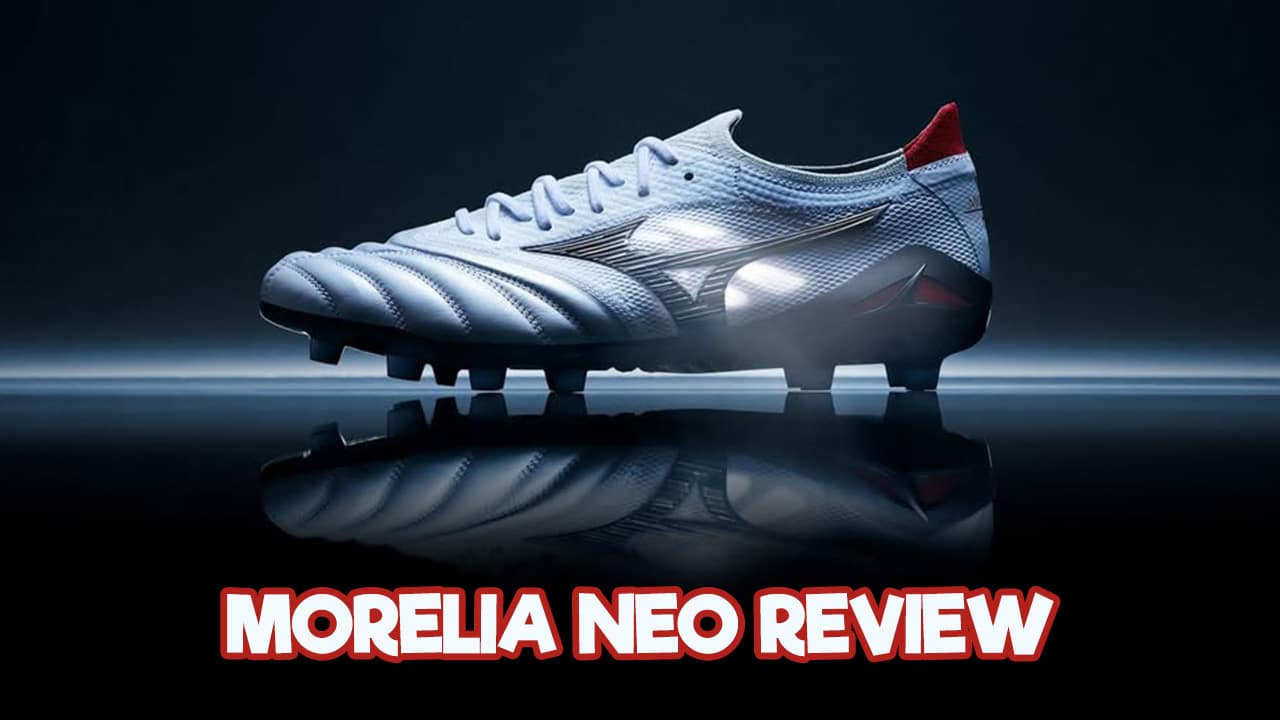
Enter the Morelia Neo IV—Mizuno’s latest take on speed, comfort, and heritage all rolled into one. It’s a boot that tries to strike the perfect balance between tradition and innovation. You still get that premium feel Mizuno is known for, especially with the K-leather up front, but now it’s paired with updated tech and a lightweight construction to keep up with today’s fast-paced game. It’s clear Mizuno isn’t just chasing trends—they’re refining a boot that already had a loyal following. The question is, has the Neo IV found that sweet spot?
Morelia Neo IV MIJ
| MIJ ⭐⭐⭐⭐⭐ | |||
|---|---|---|---|
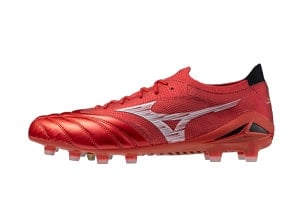
Morelia Neo IV Beta | ONE-PIECE UPPER COMPRISED OF: -K-LEATHER FOREFOOT -MESH MIDFOOT AND REAR -KNITTED TONGUE NYLON X TPU OUTSOLE W/ INNER SHANK AND CONICAL LAYOUT  | 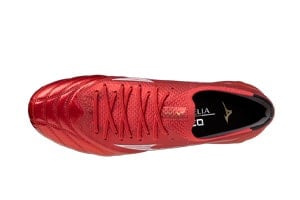
| |
Before we dive into the details, it’s worth pointing out that the Morelia Neo IV actually comes in two distinct variants: the Beta one with a meshed midfoot, and another made with synthetic leather midfoot. While both share the same core DNA, they offer slightly different experiences in terms of fit, feel, and touch on the ball. That said, here in the UK, it’s primarily the Beta version that’s marketed and readily available—so that’ll be the focus of this review.
Now, coming from someone with flat and wide feet, I’ll be honest—I’ve always approached speed boots with a bit of skepticism. A lot of them tend to be too tight, overly compressive, or just unforgiving after 30 minutes of play. But the Neo Beta IV surprised me. Despite its streamlined silhouette and emphasis on performance, there’s a subtle amount of give where it matters—especially in the forefoot.
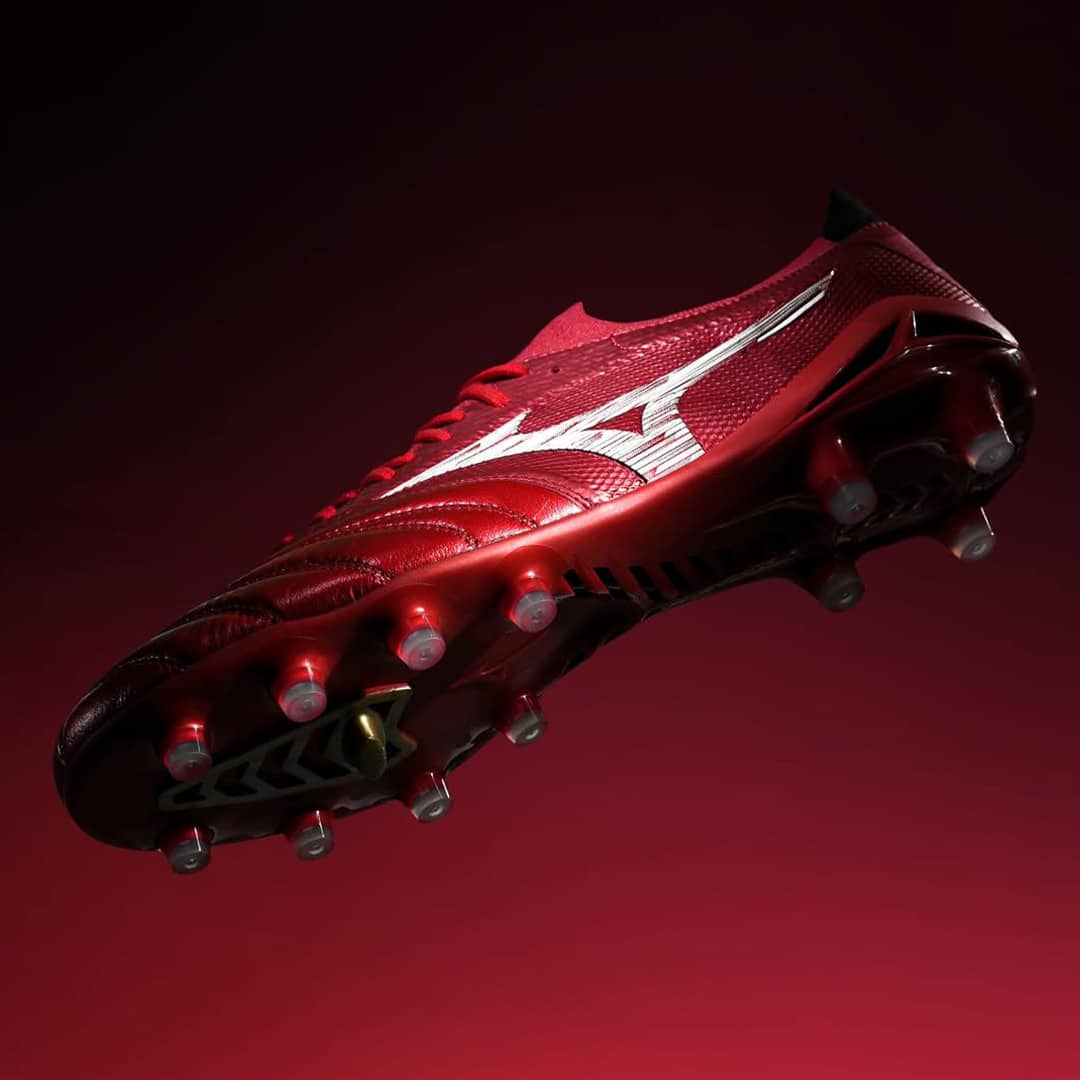
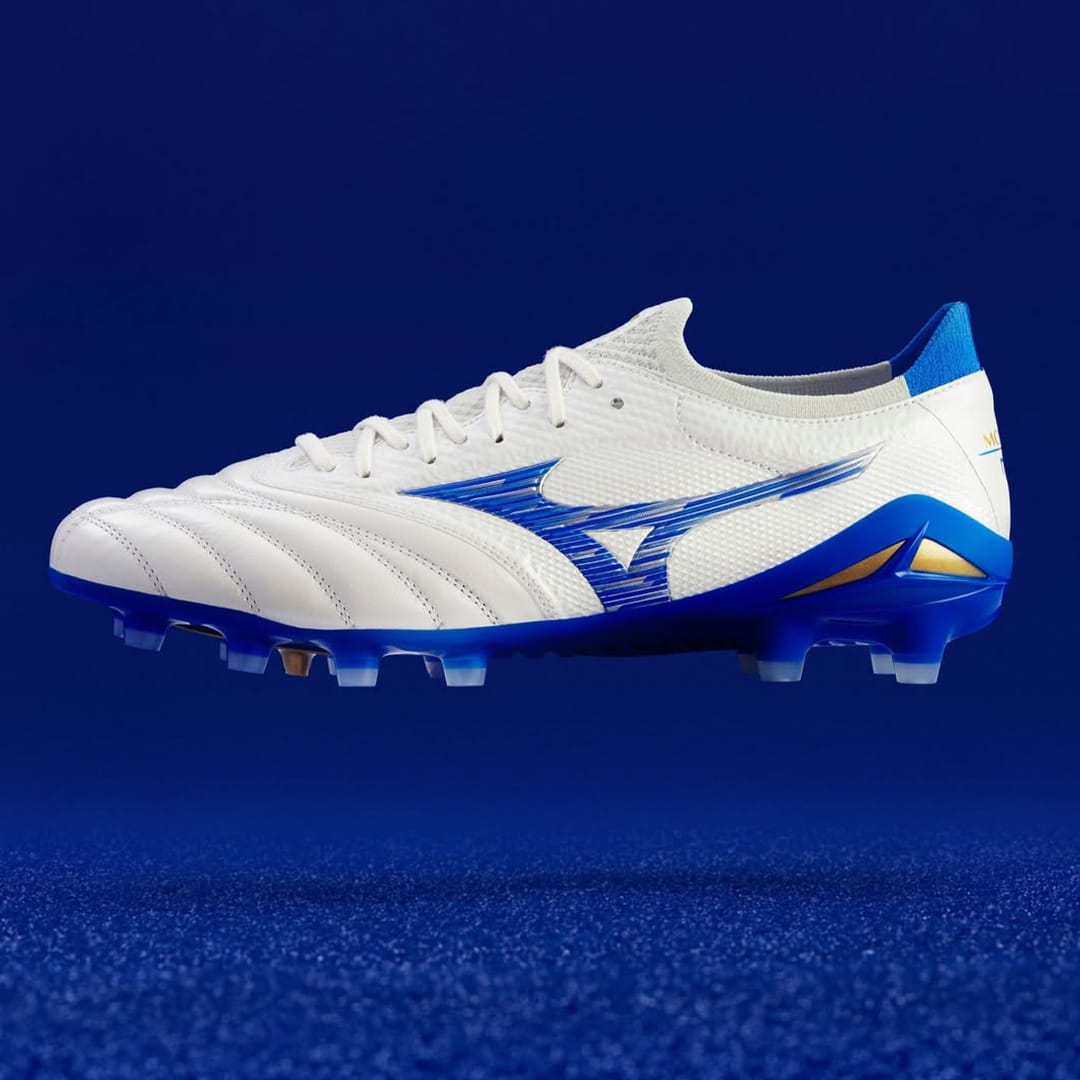
The K-leather toebox is still the star of the show. It moulds beautifully to your shape after just a couple of wears, and for wider feet like mine, that natural stretch goes a long way in reducing pressure points. I know that this might sound a paradox, but the touch on the ball still feels raw and direct while maintaining a hint of paddedness. The mesh midfoot actually helped me feel more locked-in and secure without squeezing the life out of my arches. That matters a lot when you’re flat-footed and prone to discomfort from overly contoured boots.
The fit overall is still snug, make no mistake. If you’re after something roomy, this isn’t your guy and you’ll be served best looking for boots that are more wide-leaning. But if you’re flat and wide-footed like me and willing to break it in just a touch, you might find the Neo Beta IV walks that rare line between speed boot and comfort boot. Mizuno’s anatomical shaping and low-profile tongue construction also help reduce any awkward bulging or lace bite. Objectively speaking though, narrow feet players will have the easiest time fitting in with this boot.
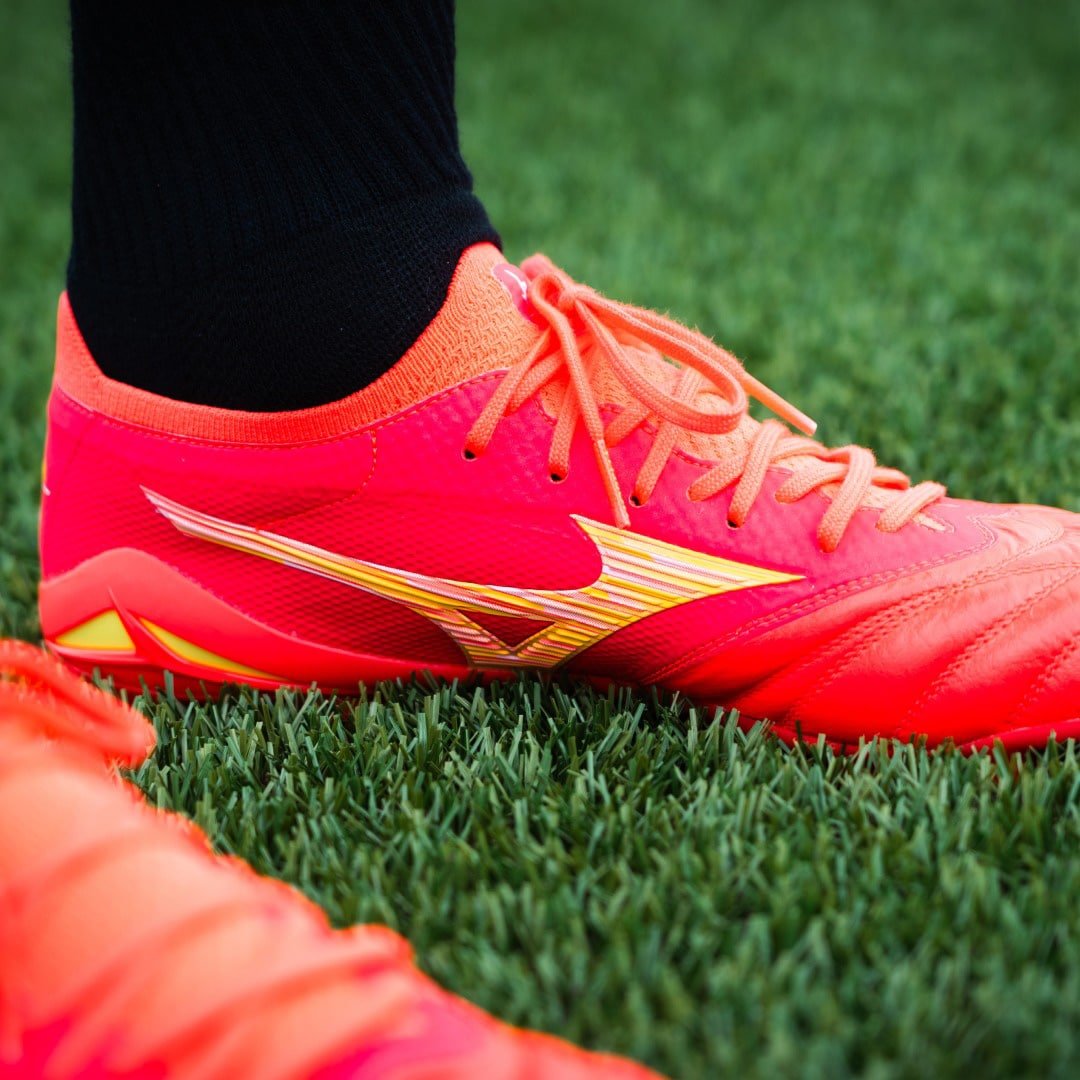
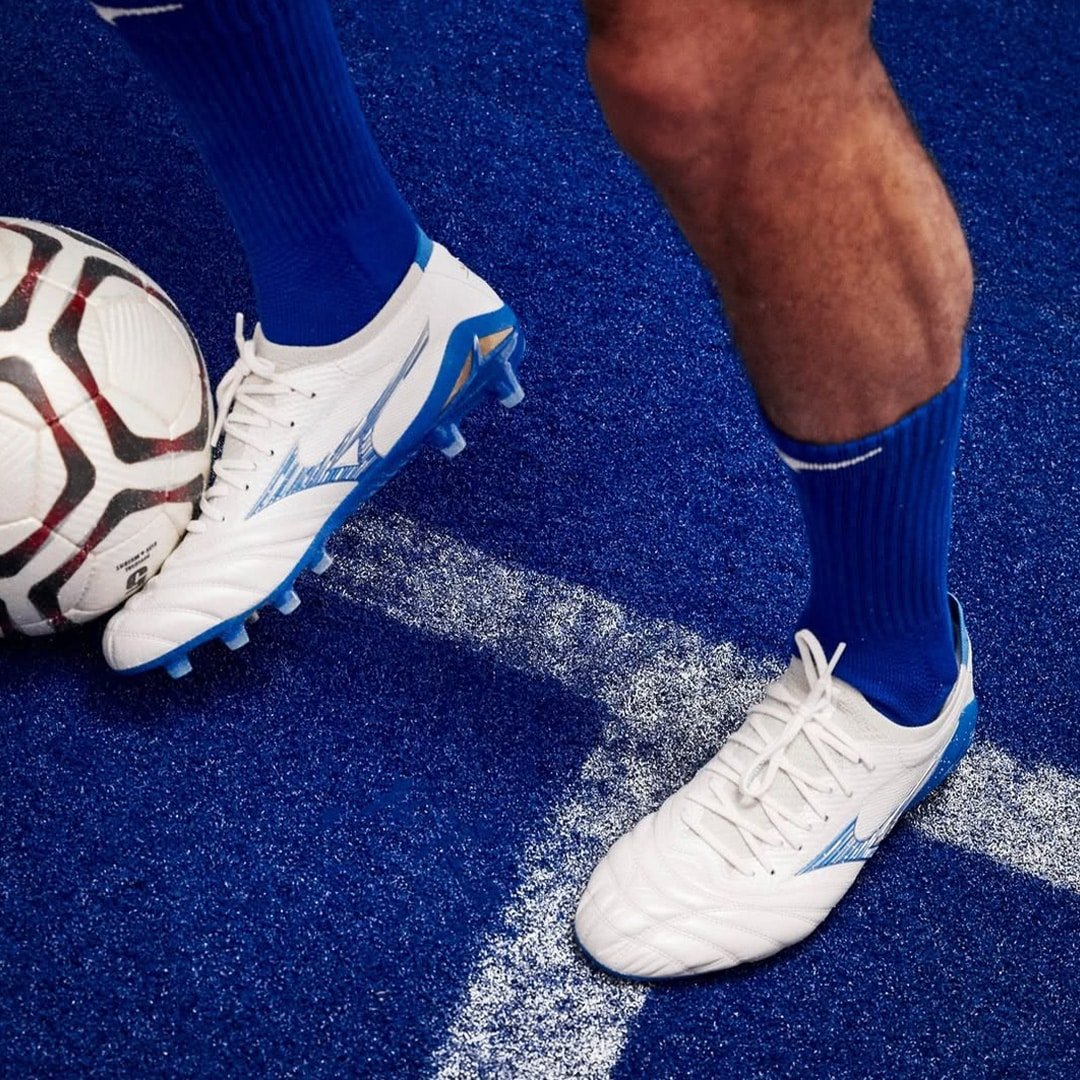
I’ll be real—the amount of leather on the Neo Beta IV might put some people off, especially those coming from more leather purists. But honestly, the trade-off is worth it. That leather forefoot combined with the mesh midfoot gives you something you don’t usually get in traditional leather boots: proper lockdown. The knitted tongue has a surprising amount of tension—it actually grips your foot rather than just sitting there. And the suede-like microfibre lining in the heel does a solid job keeping everything in place. Once you’re laced up, the whole setup makes your foot feel secure and connected.
Soleplate-wise, it’s one of those that are really just functional and useful. It might not have that flashiness and tech of an Air Zoom outsole or the snap of a carbon-fibre soleplate, at least it has decent flex on the right area and makes you feel stable on the grass. Speaking of grass, because of its conical studs, I find the Neo Beta IV to be both playable in natural and artificial setting.
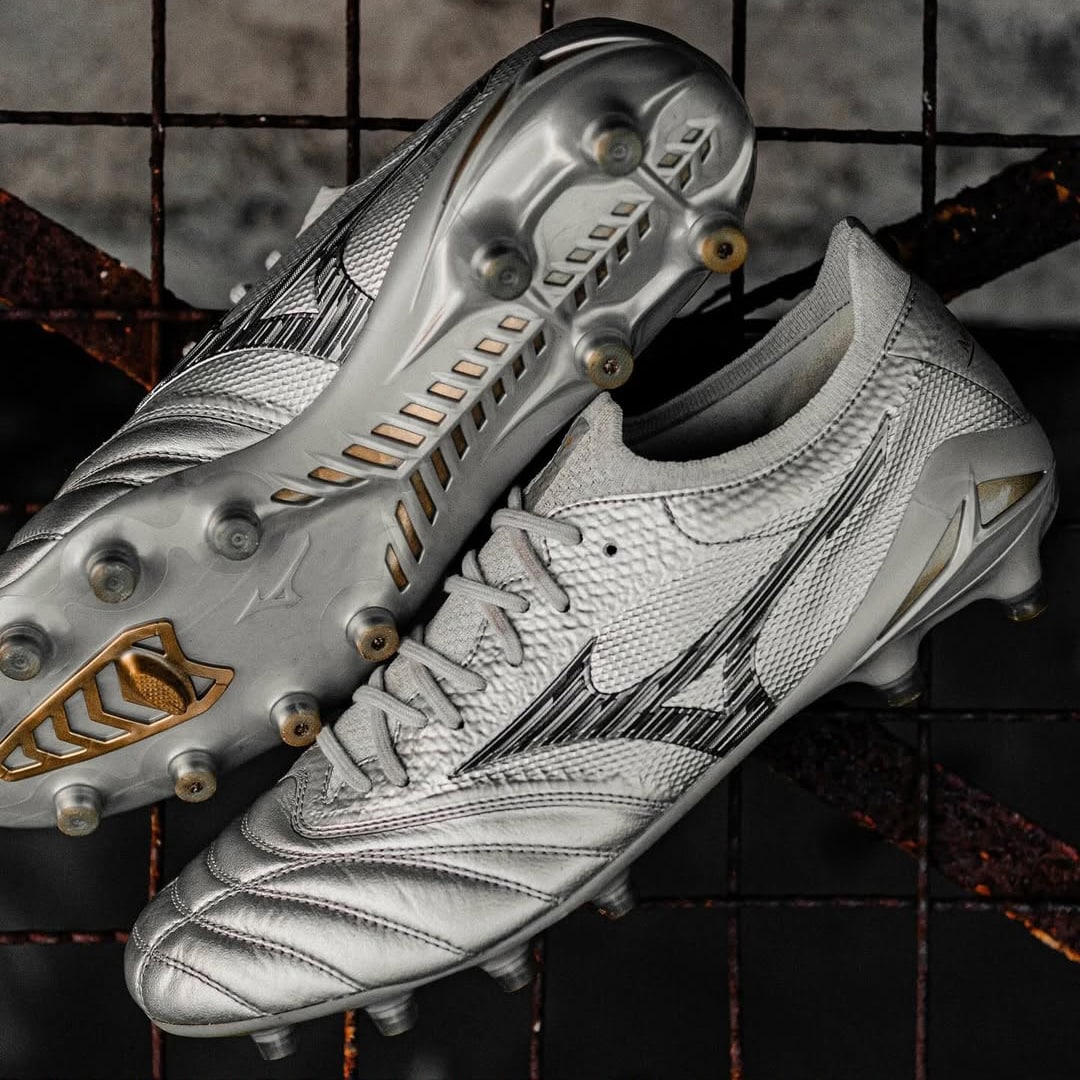
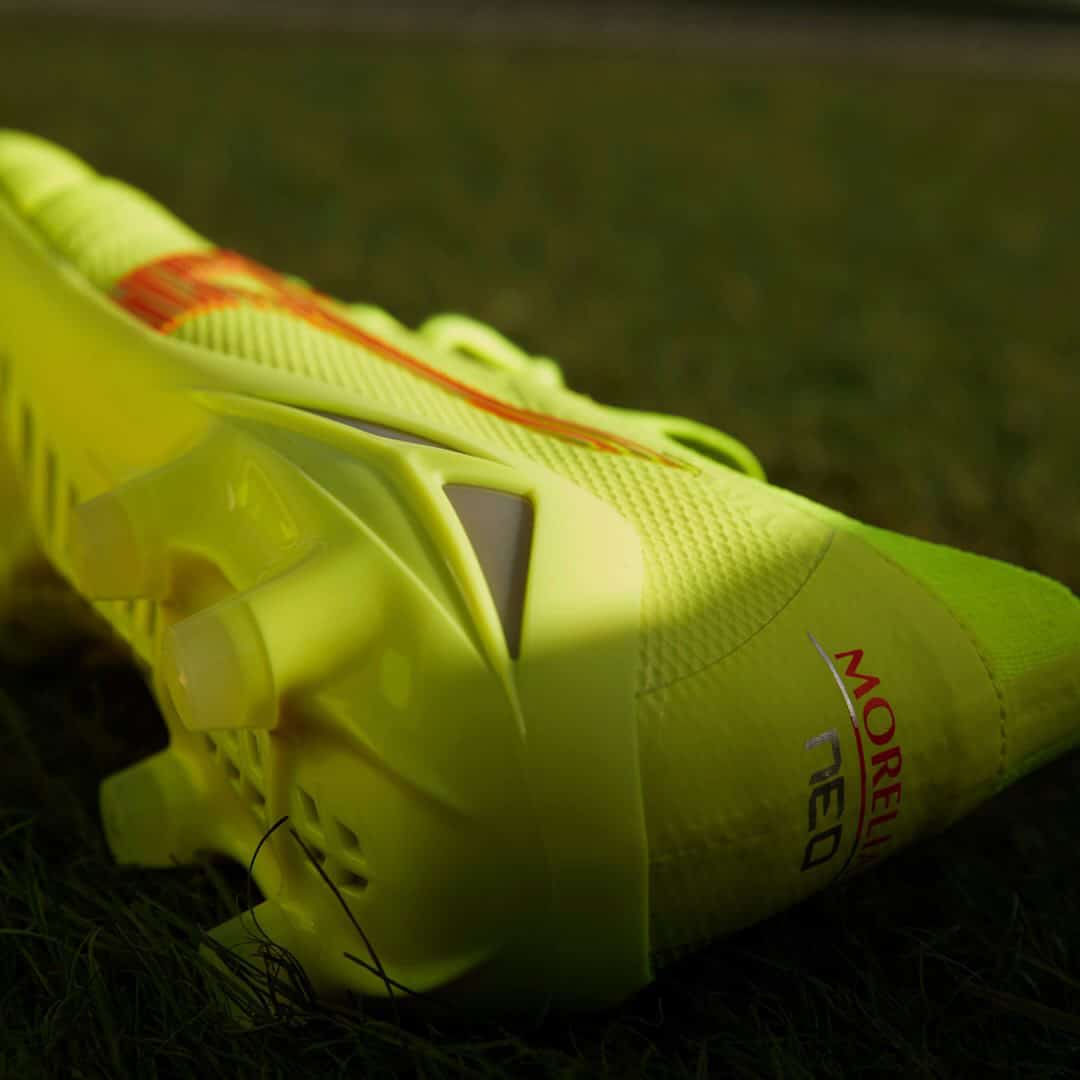
When it comes to durability, the boot holds up well despite its lightweight construction. The mesh midfoot, while pliable, feels tough and structured enough to handle regular play. The leather forefoot, although thin for better touch, hasn’t shown signs of wearing out or creasing excessively after several sessions. Of course, speed boots tend to trade some ruggedness for performance, so I’d avoid muddy or extremely abrasive conditions to keep them looking sharp.
To sum it up…
The Morelia Neo Beta IV (mesh midfoot) proves that a speed boot doesn’t have to punish your feet to be effective. For flat and wide-footed players like myself, it walks the fine line between lockdown and comfort. The forefoot leather gives you that classic Mizuno feel, while the mesh and knit elements help bring the boot up to speed with the modern game—literally. It’s not perfect, but it’s one of the few speed boots out there that doesn’t feel like it’s working against your feet.
✅ Pros:
- Premium K-leather forefoot molds beautifully, especially for wide feet.
- Lightweight and responsive—true speed boot feel.
- Solid lockdown and structure despite minimal build.
- Breaks in surprisingly well for flat-footed players.
- High build quality, as expected from Mizuno.
❌ Cons:
- Snug midfoot may feel tight at first, though break-in time should not be a problem; there are options more accommodating to wide-feet players
- Hard to find the synthetic leather midfoot version in the UK.
- Narrow heel may feel a bit pinchy if you’re wide all around.
- Amount of leather won’t be enough for leather boot purists
Morelia Neo IV Elite
| ELITE ⭐⭐⭐⭐⭐ | |||
|---|---|---|---|

Morelia Neo IV Elite | ONE-PIECE UPPER COMPRISED OF: -K-LEATHER FOREFOOT (LESS GLOSS) -MESH MIDFOOT AND REAR -KNITTED TONGUE NYLON X TPU OUTSOLE W/ INNER SHANK AND CONICAL LAYOUT  | 
| |
But if you’re really going to force me to say a negative point about this boot, it can only one thing. It does cost a fortune! Thankfully, Mizuno offers the Elite model, which is one step down the Made in Japan (MIJ) to make the silo more affordable. The thing though that will make you even more thankful is the fact that the change is more of cosmetics (less shine on the leather forefoot).
You really have to be extremely sensitive to notice that the leather is just a tad bit less soft. That I can observe with having the boot on hand. But when I’m wearing an MIJ in one foot and Elite on the other, it becomes a struggle for me to know which is which. I think Mizuno is deploying a playful jab at mainstream boots who label their flagship model Elite, somehow telling that their best is just second to what the Japanese maker has to offer.
Evolution of the Mizuno Morelia Neo
The speed incarnate of the Morelia is already more than a decade in its lifespan. It would be nice to go back in time and see how the Neo started and how that beginnings relate to the current form of the said modern Mizuno silo.
Morelia Neo I (2011)


As you can see, the streamlined boot shape has its roots with the 2011 OG setup of the Morelia Neo. In fact, that combination of a premium K-leather forefoot with a synthetic midfoot even preceded the trademark Fusionskin technology of the modern adidas Copa boots. Granted that those have knit and the Neo had synthetic, it’s still remarkable to note that Mizuno had an early hand in fusing K-leather with another material for that performance, responsive benefit, on top of having a snug, tight speed boot-like fit.
Morelia Neo II (2016)


Adjustments were made in 2016 to release the Morelia Neo II, which addressed the tightness of the first boot (which to some was quite restrictive). A boon for the Morelia Neo in its second generation was the signing of Fernando Torres and the release of his signature boots. It was also in the Neo II that we first got a feel for the Beta version of the Morelia Neo.
Morelia Neo III (2020)

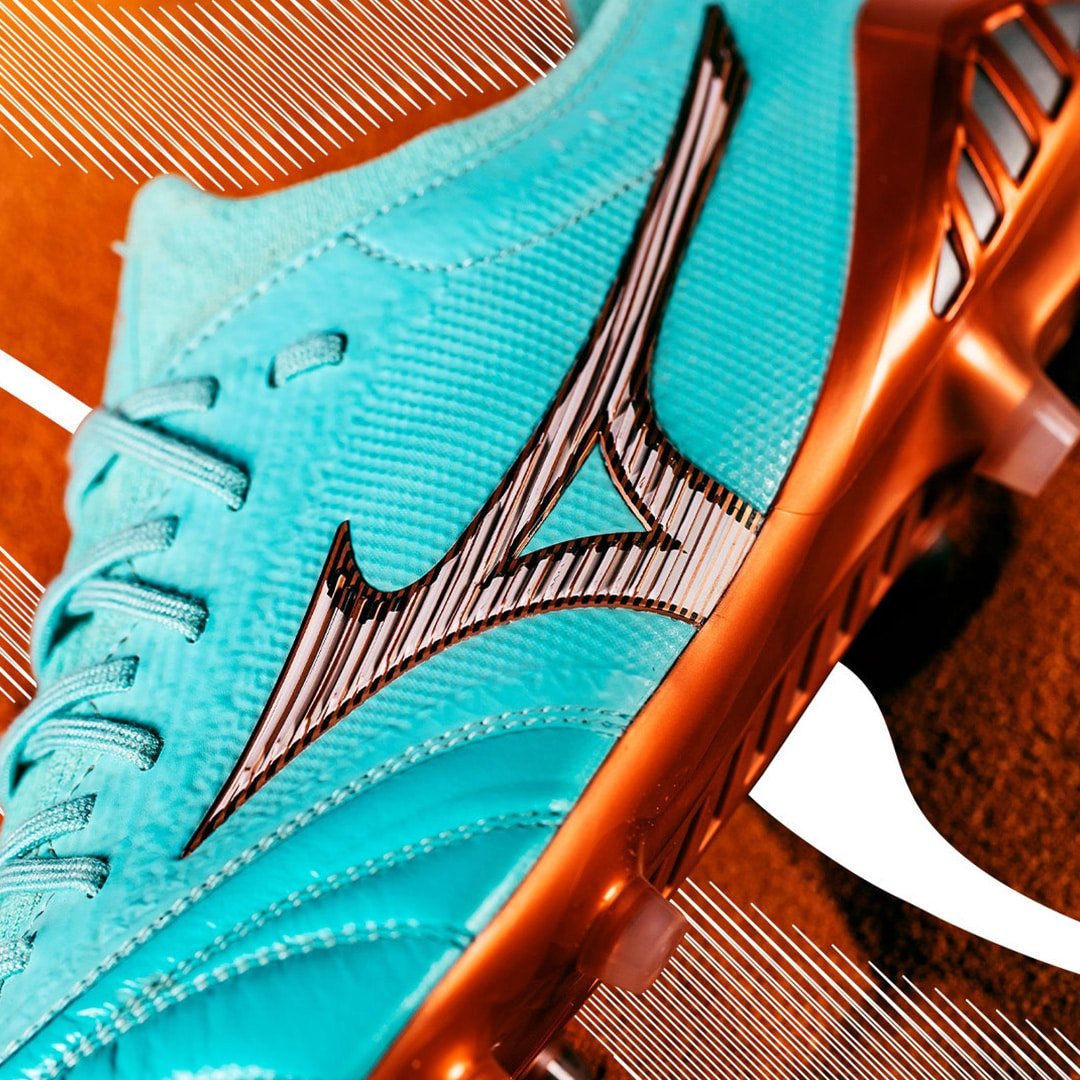
It was with the third generation of the Morelia Neo that the Beta was released in a production scale, rather than just an introductory/transition boot. Much of the Beta III informed the composition of the Beta IV, which, in comparison to the former, had thinner K-leather and more tensioned knitted tongue.
